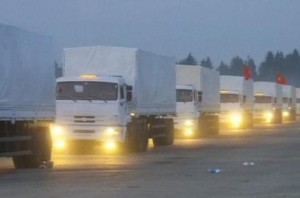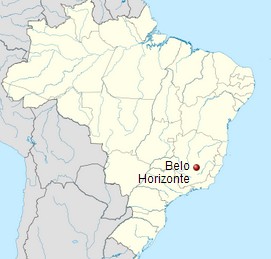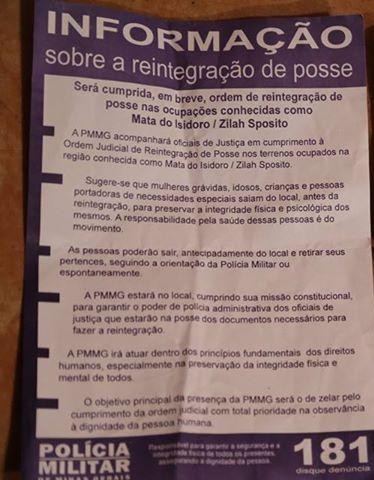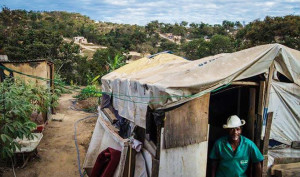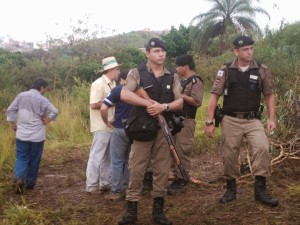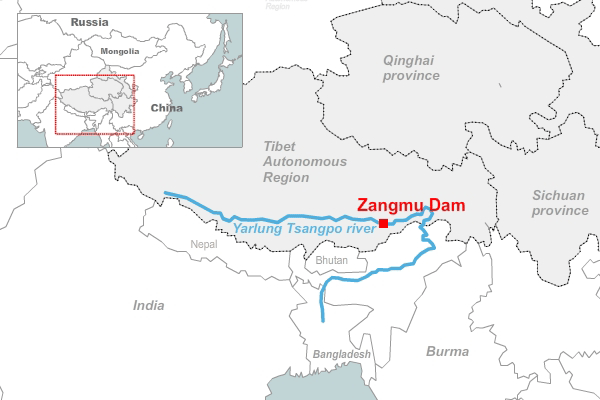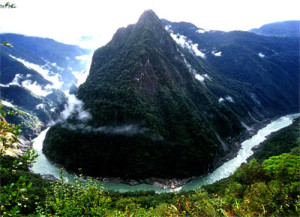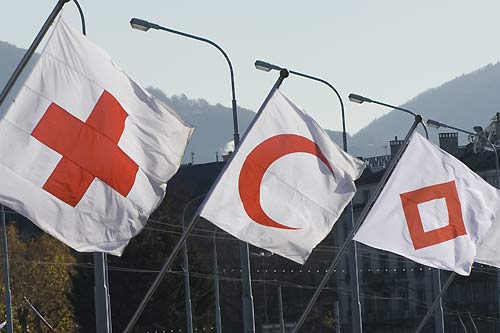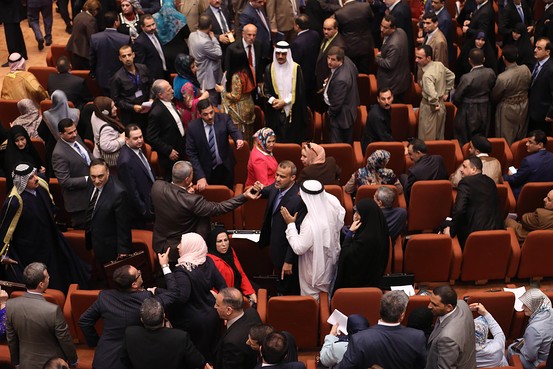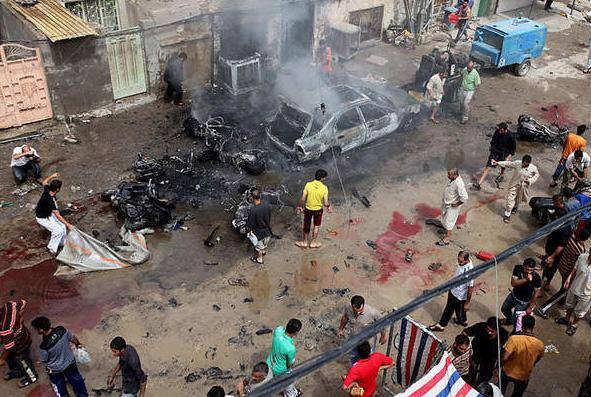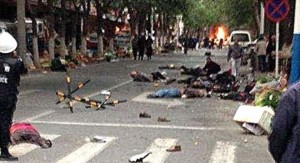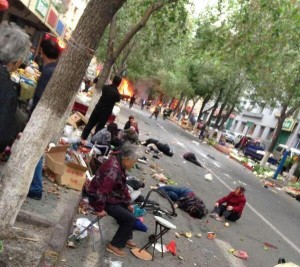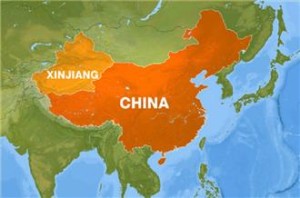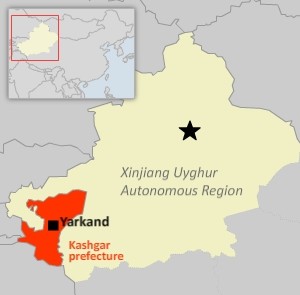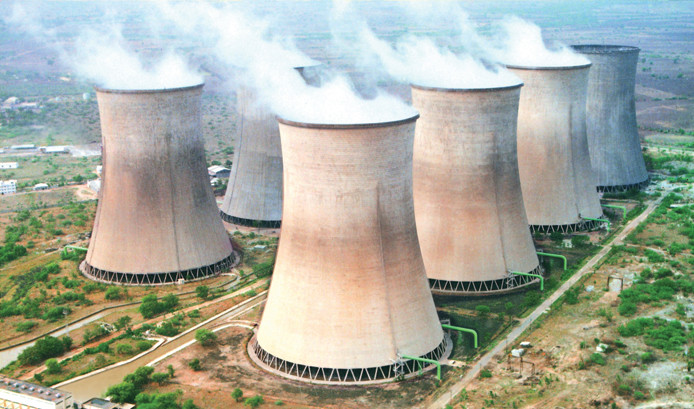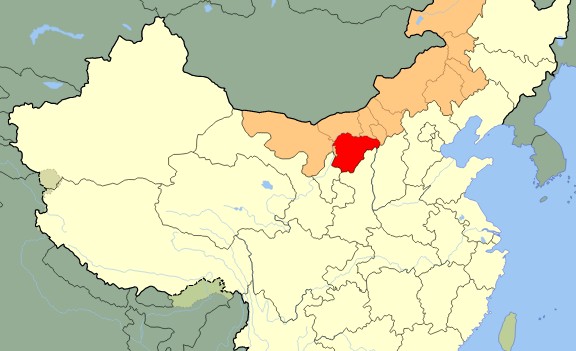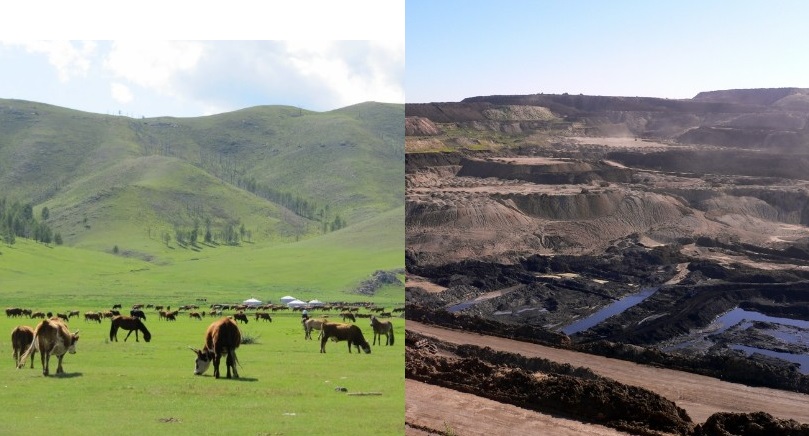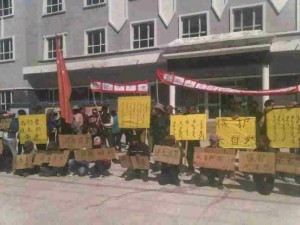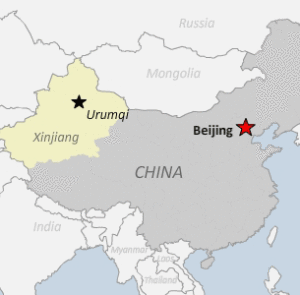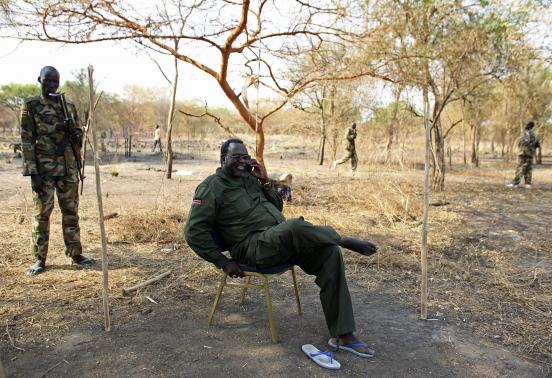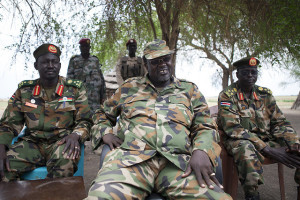A Mayo Clinic task force has put together an updated set of recommendations for cholesterol treatment. The last guideline update took place in 2001, and several changes have been recommended, including a recommendation that not all patients currently prescribed statins and other cholesterol-lowering medications should take them. The task force also had new recommendations for people with rheumatoid arthritis or AIDS, and those who had received certain organ transplants.
This means that people with cholesterol issues or concerns will need to consult their doctors again soon to reassess their treatment and prevention options. Francisco Lopez-Jimenez, MD, task force chairman and director of preventive cardiology at Mayo Clinic in Rochester, Minnesota Benefit told The Speaker that people should see their doctors “basically to discuss the expected benefit and risks.”
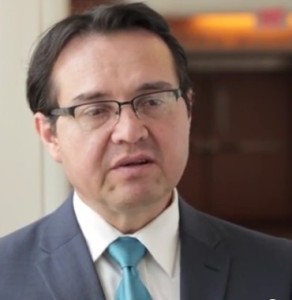
“The benefit should be described in terms of absolute benefit,” Lopez-Jimenez told us. “How many people like me would not have a heart attack after 10 years taking the medicine? And not taking the medicine?”
The American College of Cardiology (ACC) and American Heart Association (AHA) guideline needed to be updated, stated Lopez-Jimenez. The last update took place 12 years ago. The recommendations were published as “ACC/AHA Prevention Guideline
2013; ACC/AHA Guideline on the Treatment of Blood Cholesterol to Reduce Atherosclerotic Cardiovascular Risk in Adults” on Circulation Journals.
“We agree with many points of the [existing] guideline, but there are some key areas where we do not completely agree or we wanted to expand and provide more guidance,” said Lopez-Jimenez.
Several changes have been recommended.
While the current ACC/AHA cholesterol treatment guideline recommends high doses of the strongest statins to most men over the age of 65, the Mayo task force found no evidence to recommend this based solely on age.
Rather than medication combined with healthy lifestyle habits to prevent cardiovascular disease, the task force recommended lifestyle changes–exercise and diet–followed by an evaluation before prescribing statins.
Diabetics over the age of 40 have been recommended to take statins, but the task force concluded that not all diabetics have the same risk of heart attacks, and recommended against statins in some diabetics over 40: those in whom there is a low risk of heart attack or stroke based on the ACC/AHA calculator.
Rather than making cholesterol medications based on generalities such as age, diabetes and prevention, the task force recommended a treatment approach based on individual needs, and also recommended shared decision-making in treatment.
“The patients need to be involved in the decision making, understanding the anticipated benefit and the potential risks with numbers,” Lopez-Jimenez told us.
The task force added some patients to the list of those for whom statins were recommended. Rheumatoid arthritis, kidney and heart transplant recipients, and AIDS sufferers were among the new inclusions.
The recommendations was scheduled to be published in the August 14 edition of Mayo Clinic Proceedings, along with an editorial.
Mayo Clinic Task Force Challenges Some Recommendations in Updated Cholesterol Treatment Guideline
By Heidi Woolf


